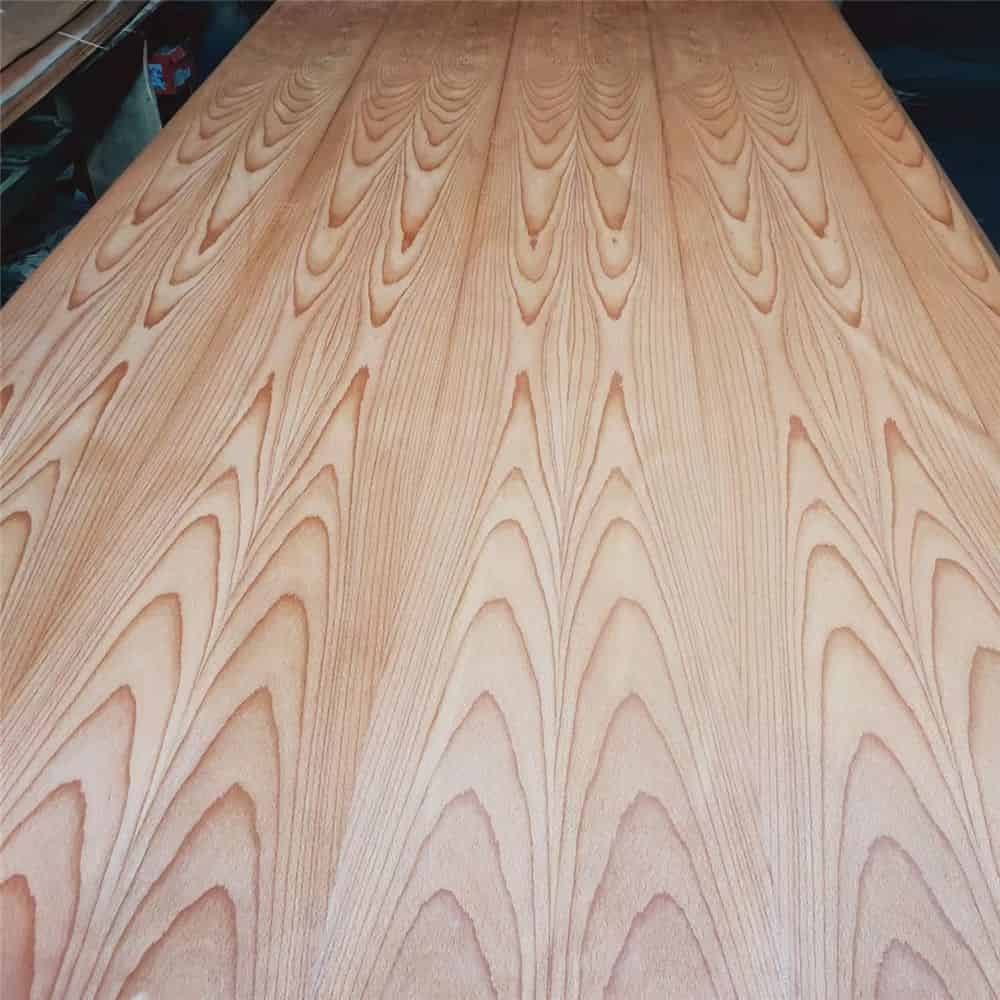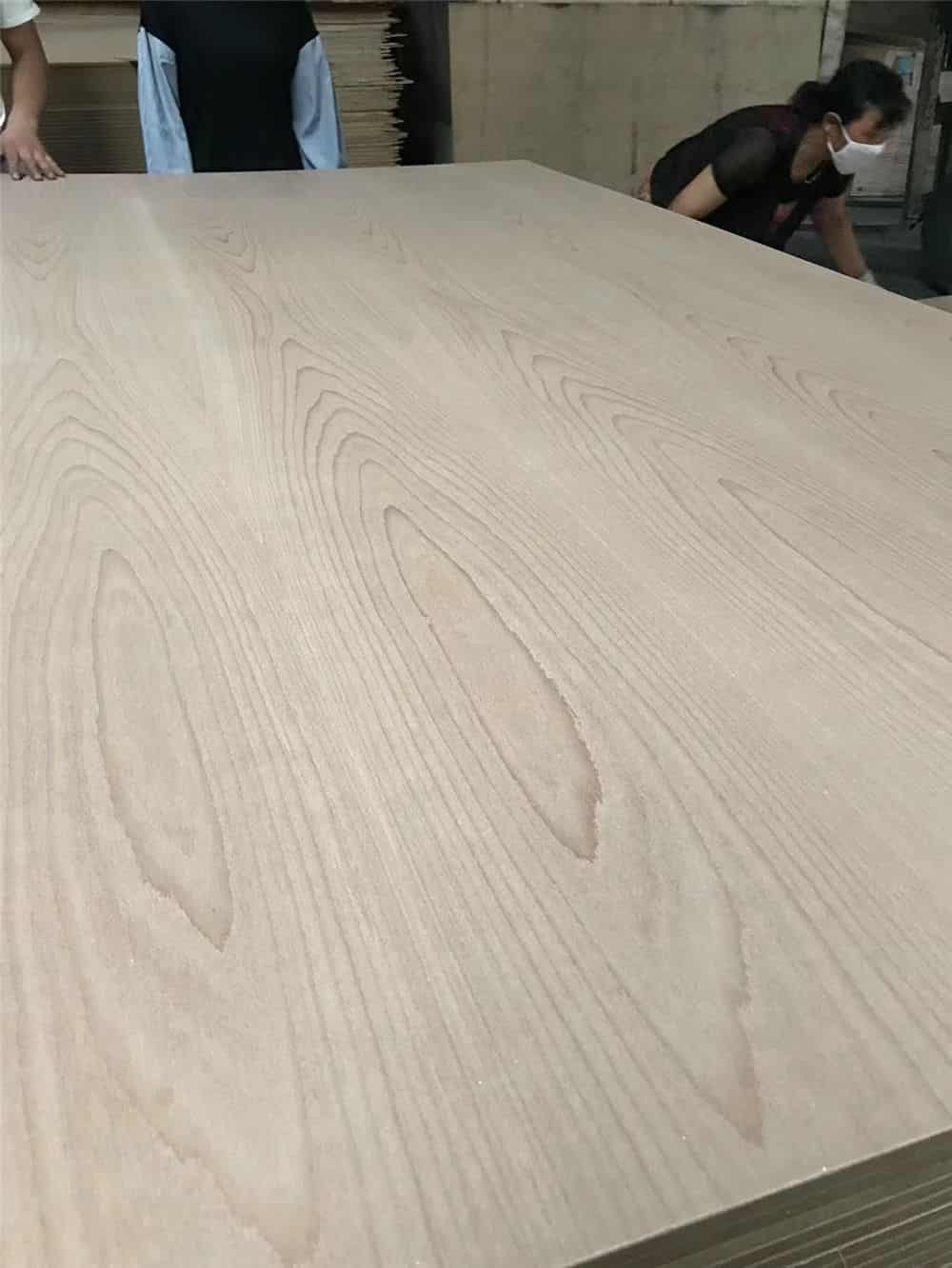Veneer Wood: A Closer Look at Its Disadvantages
Veneer wood, also known as wood veneer or wood veneer sheet, is a thin layer of real wood that is glued onto a substrate to create furniture, flooring, and other decorative surfaces. While it offers several advantages in terms of cost-effectiveness, versatility, and aesthetic appeal, there are some disadvantages associated with the use of veneer wood that should be taken into consideration.

One major disadvantage is its susceptibility to damage. Veneer wood is relatively thin, making it prone to scratches, dents, and cracks. This means that it requires careful handling and frequent maintenance to maintain its appearance. Additionally, if the veneer is not properly sealed or protected, it can be easily affected by moisture, which can lead to warping, swelling, and delamination over time.
Another downside of veneer wood is its limited durability compared to solid wood counterparts. Since it is made up of multiple layers, the overall strength and stability of the material may be compromised. This can result in weak joints and uneven wear patterns, especially in high-traffic areas or under heavy loads. Moreover, the thinness of the veneer layer means that it cannot be sanded or refinished as many times as solid wood, limiting its longevity and potential for repairs.

In addition to these physical drawbacks, veneer wood also presents certain environmental concerns. The production process often involves using formaldehyde-based adhesives, which can release harmful volatile organic compounds (VOCs) into the air. These chemicals have been linked to health problems such as respiratory issues and headaches. Furthermore, the sourcing of wood for veneer sheets may contribute to deforestation and habitat loss, particularly if not sourced from sustainable forests.

Lastly, there is an aesthetic consideration when choosing veneer wood. Some consumers prefer the natural look and feel of solid wood, which veneer cannot fully replicate. Although advancements in technology have improved the quality of veneer finishes, there may still be visible seams or variations in color and texture between different sheets. This can affect the overall appearance and perceived value of the finished product.
Despite these disadvantages, veneer wood remains a popular choice for certain applications due to its affordability and versatility. However, it is important for consumers and designers to weigh these factors against their specific needs and preferences before making a decision. By understanding both the benefits and drawbacks of veneer wood, they can make informed choices that align with their desired outcomes and expectations.
















